Have you ever reached out to pet a cat, only to be met with a swift swat or a hasty retreat? If so, you’re not alone. Cats are mysterious creatures, often communicating with soft whispers rather than shouts. Their signals are subtle, sometimes so quiet you might miss them if you aren’t paying close attention. But for those who truly love felines, learning to recognize these gentle cues can transform the way you connect with your four-legged companion. Today, we’re diving deep into the secret world of cat body language—specifically, the 8 quiet signs that a cat is ready to be touched. Grab your favorite mug of tea, settle in, and prepare to see your kitty in a whole new light.
Relaxed Ears Pointed Slightly Forward

One of the first things you can notice about a cat who feels safe and approachable is the position of their ears. When a cat’s ears are pointed slightly forward and relaxed, it’s like they’re tuning into a favorite radio station—yours. This is a classic sign that your cat is comfortable and open to interaction. If their ears are twitching backward or flattened, you might want to give them a little space. Think of relaxed ears as a green light, while anything else means caution. Sometimes, if you talk to your cat softly, you’ll even see their ears gently swivel toward you, showing interest without any tension. This small yet clear gesture can be easy to miss, but it speaks volumes about trust. Next time you approach your cat, glance at their ears—they’re speaking, even when they’re silent.
Soft, Slow Blinking Eyes
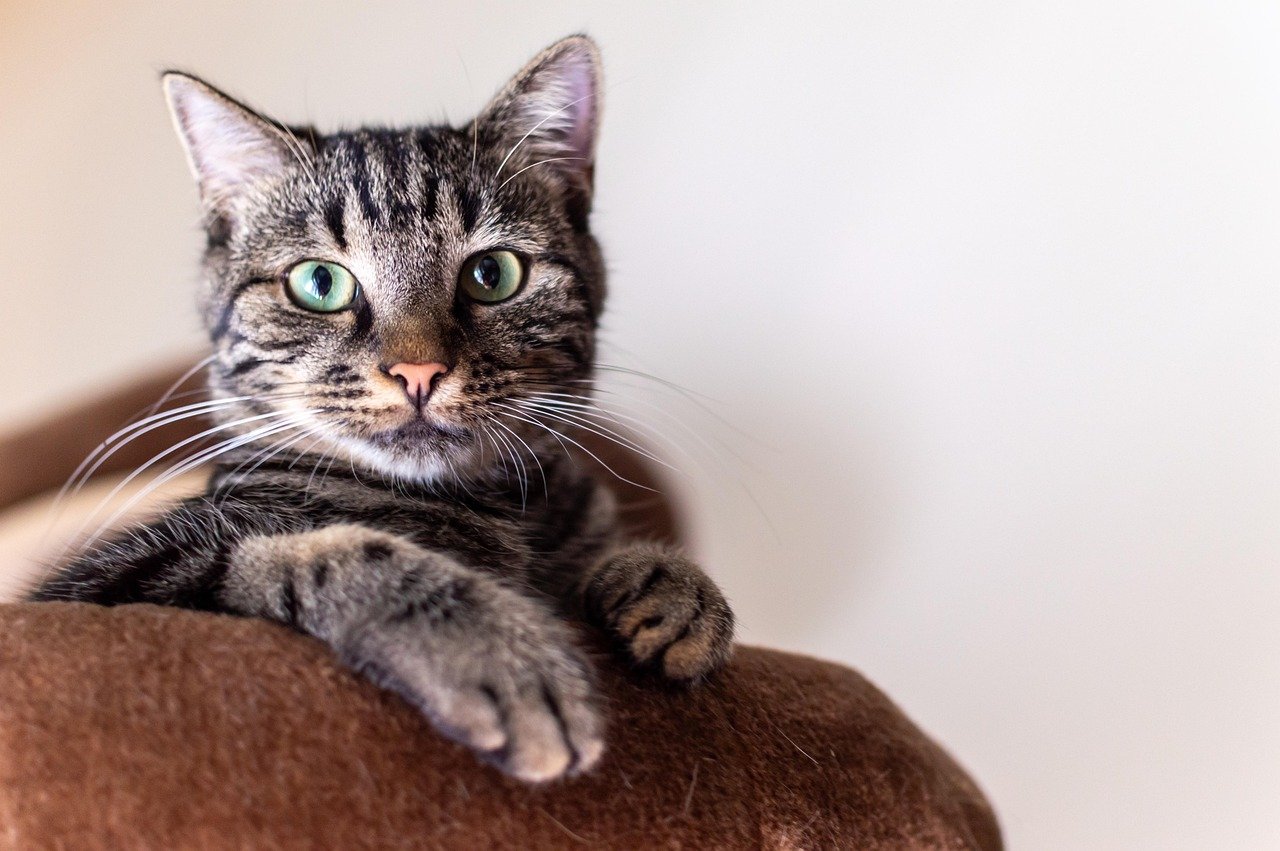
If you’ve ever caught your cat gazing at you and slowly blinking, consider it a compliment of the highest order. This “slow blink” is often called a cat’s way of giving you a kitty kiss. It’s a vulnerable gesture, showing that they trust you enough to close their eyes, even for just a second. Cats use this slow blink to communicate relaxation and affection to other cats and to people, too. If you return the slow blink, you’re telling your cat you feel the same way—a gentle exchange of trust. When their eyes are wide and pupils dilated, they might be startled or on high alert, so wait for those soft, sleepy blinks before reaching out. It’s like a secret handshake between you and your furry friend, inviting gentle touch and closeness.
Loose, S-Shaped Tail Movements
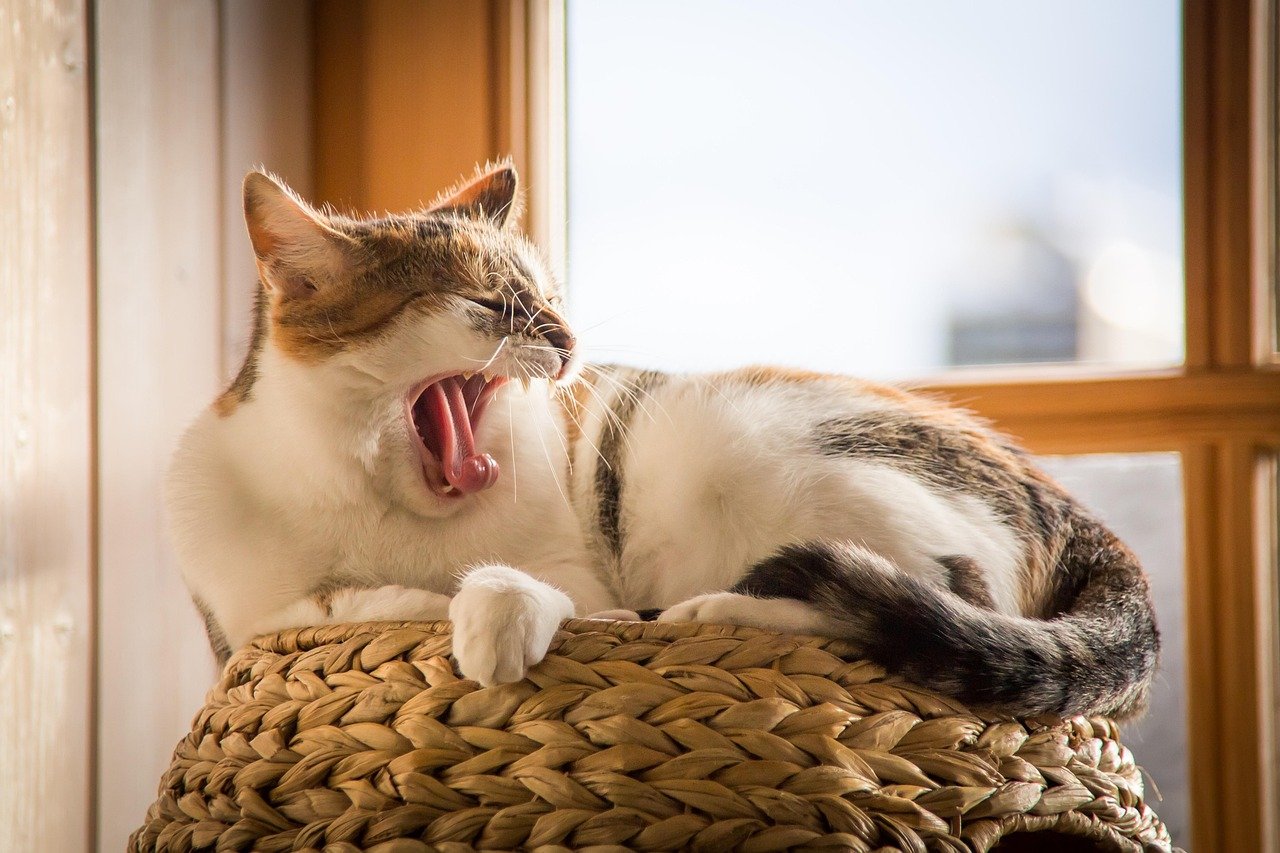
A cat’s tail is basically a fuzzy mood ring, giving you a readout of how they’re feeling at any given moment. When a cat is ready for touch, their tail often moves in a loose, slow S-shape, almost like they’re writing invisible letters in the air. It’s a sign they feel relaxed and content. Compare that to a tail puffed up like a bottle brush or thrashing back and forth—those are clear warnings to back off. Sometimes, a friendly cat might even hold their tail upright with a little hook at the tip, like a cheerful question mark. If you see this kind of tail language, it’s a strong sign that your cat is open to a gentle pet or two. Watch how their tail moves next time you’re nearby; it’s one of the most honest signals they’ll ever give you.
Body Resting Comfortably on the Ground
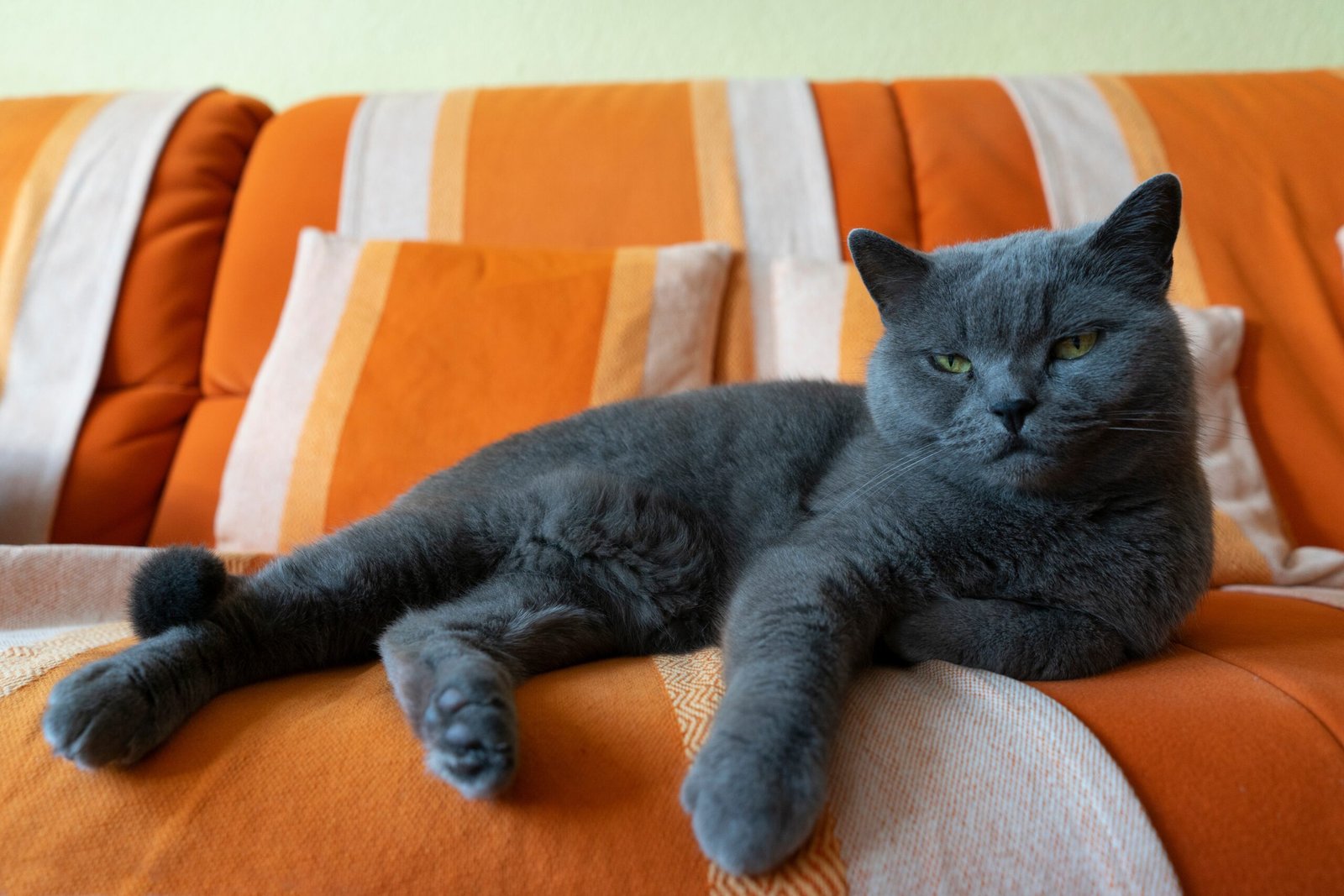
A cat who is ready to be touched will usually settle their body comfortably on the ground, with their paws tucked under or stretched out in a relaxed sprawl. This posture means the cat feels safe in their environment and isn’t preparing to run or defend themselves. If your cat is crouched low, muscles tense, or positioned for a quick escape, it’s better to keep your distance. But if they’re lounging like royalty, maybe even exposing a fluffy belly (though not always an invite!), it’s a strong sign they’re at ease. Their breathing will be slow and steady, and they’ll often shift their weight slightly toward you if they want attention. It’s like they’re saying, “I trust you. Come closer.” Just remember, approach from the side rather than head-on to keep things friendly.
Quiet, Contented Purring
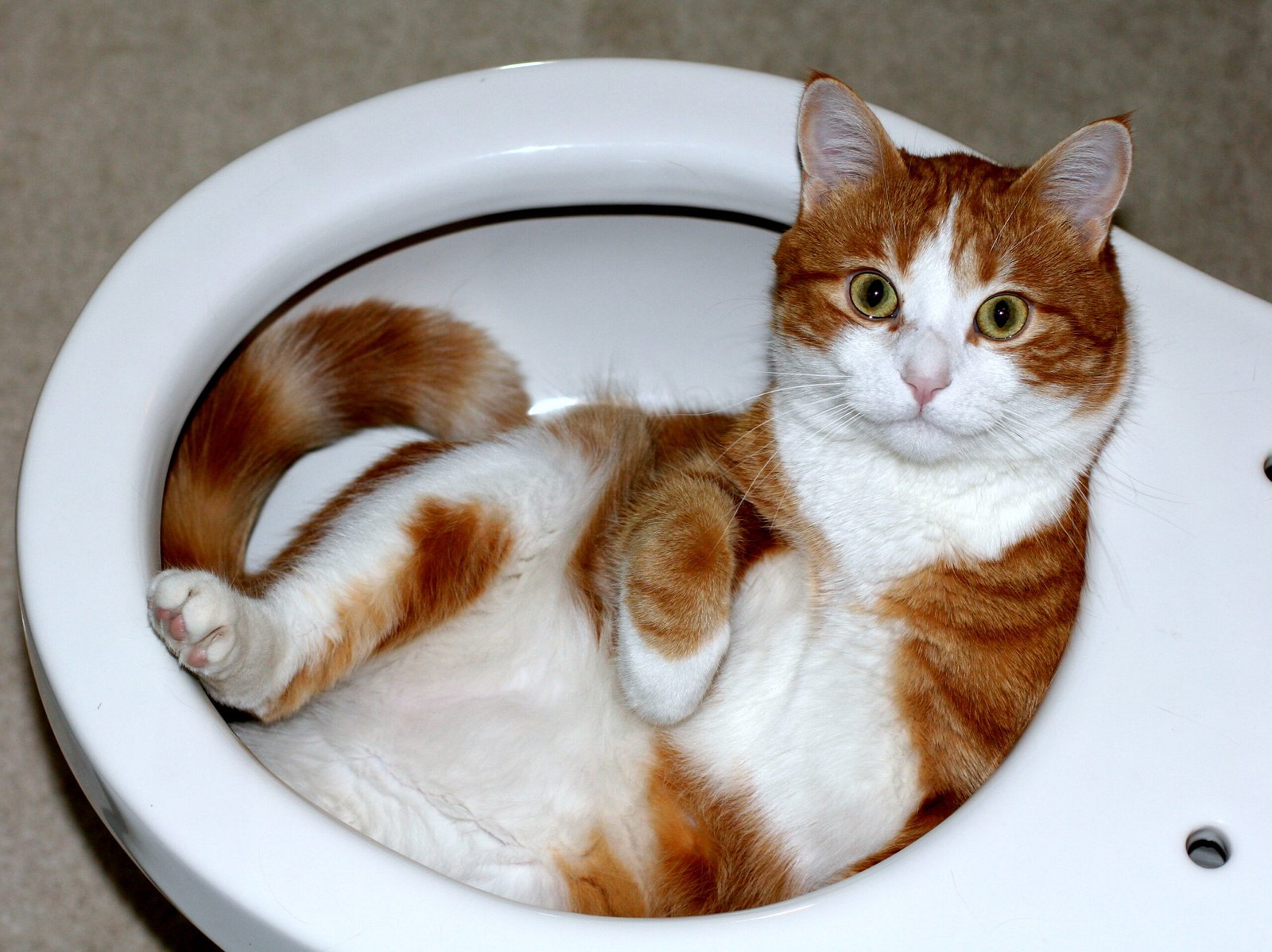
There’s something magical about the gentle rumble of a cat’s purr. While cats can purr for a few reasons, a quiet, steady purr usually means contentment and enjoyment. If your cat is purring softly as you approach, it’s a pretty clear sign they’re inviting gentle touch. Sometimes, they’ll start purring before you’ve even made contact, as if to say, “Let’s make this a moment for both of us.” Be aware, though—anxious or injured cats can also purr for self-soothing, so always look for other relaxed body language cues before reaching out. When purring is paired with loose muscles, soft eyes, and a gently waving tail, it’s a warm welcome to connect. In many ways, that purr is your cat’s way of humming along to the song of your friendship.
Approaching You with Confidence

A cat who walks up to you, tail high and body relaxed, is making a bold statement: “I want your company.” This approach is one of the most obvious, yet still quietly powerful, signs that a cat is ready for touch. Watch how your cat moves—do they stride toward you with easy steps, maybe even brush against your legs or nudge your hand? These actions show they trust you and want to initiate contact. Some cats might even chirp or meow softly as they approach, adding their own unique soundtrack to the invitation. If your cat circles around you or gently rubs their head against you, it’s a big green light. Think of it as your cat sending you an RSVP to a cuddle session—no need to wait for a second invitation.
Chin or Cheek Presenting
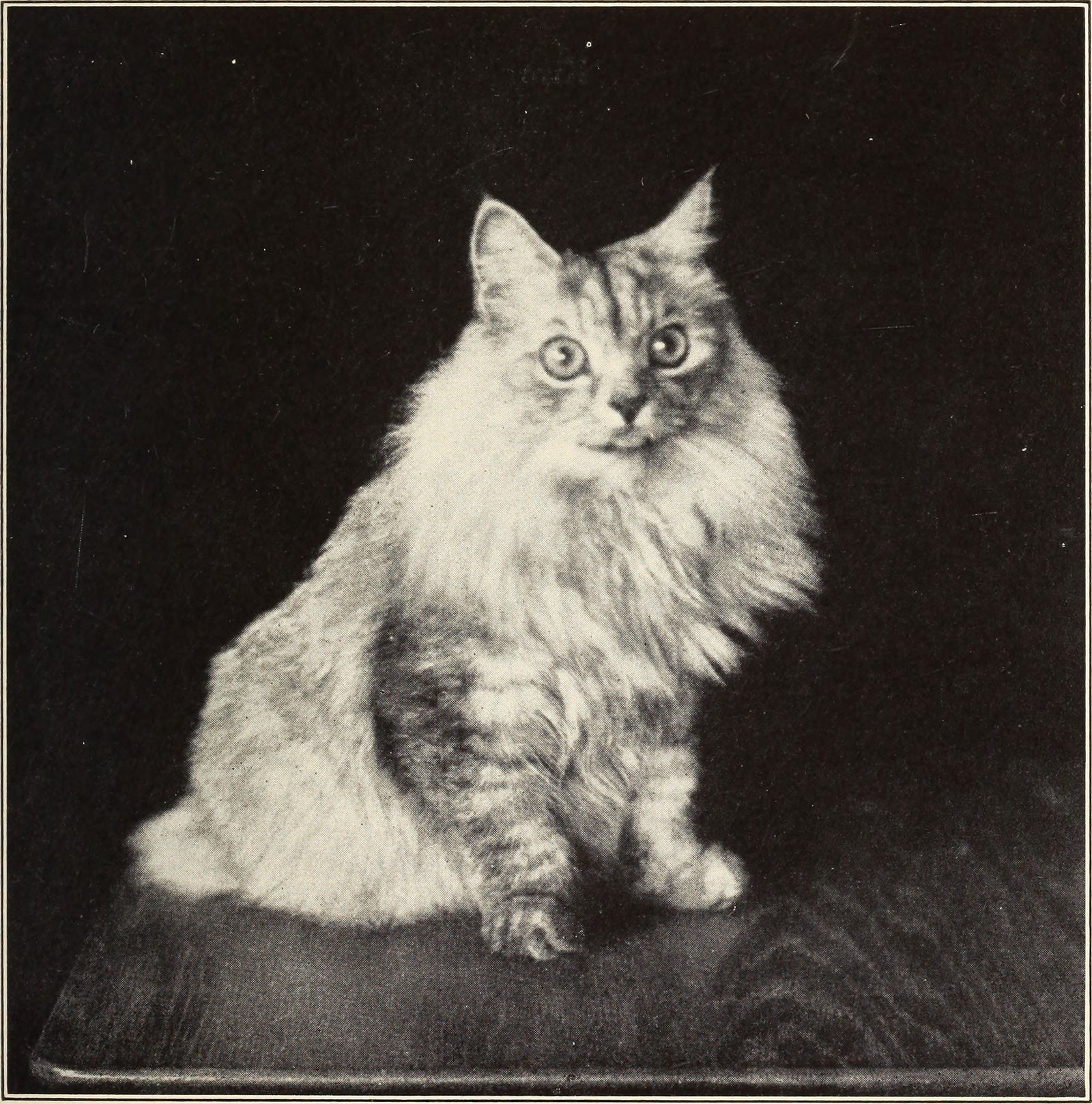
When a cat nudges their chin or cheek against you, it’s more than just an adorable gesture—it’s a sign of trust and affection. Cats have scent glands along their cheeks and under their chins, and when they rub these areas on you, they’re marking you as part of their social group. If your kitty tilts their head or pushes their face toward your hand, they’re asking for gentle strokes along these favorite spots. This behavior is especially meaningful if your cat is usually reserved. It’s like getting the feline version of a secret handshake or a special club pass. The next time you see your cat presenting their chin or cheek, know that they’re inviting you into their world, one gentle touch at a time.
Kneading with Their Paws

Kneading, sometimes called “making biscuits,” is one of the most endearing cat behaviors. When a cat rhythmically pushes their paws into a soft surface—be it a blanket, your lap, or your belly—they’re channeling contentment from kittenhood. This motion is linked to nursing and comfort, so if your cat kneads in your presence, it’s a clear sign they feel safe and loved. Some cats even purr as they knead, doubling down on their message of trust. While not every kneading session is an open invitation for petting, most cats who knead are in a warm, receptive mood. Just watch out for extended claws—sometimes their affection comes with a little sting! But overall, kneading is a beautiful and quiet request for closeness.
Rolling Over to Show Their Belly
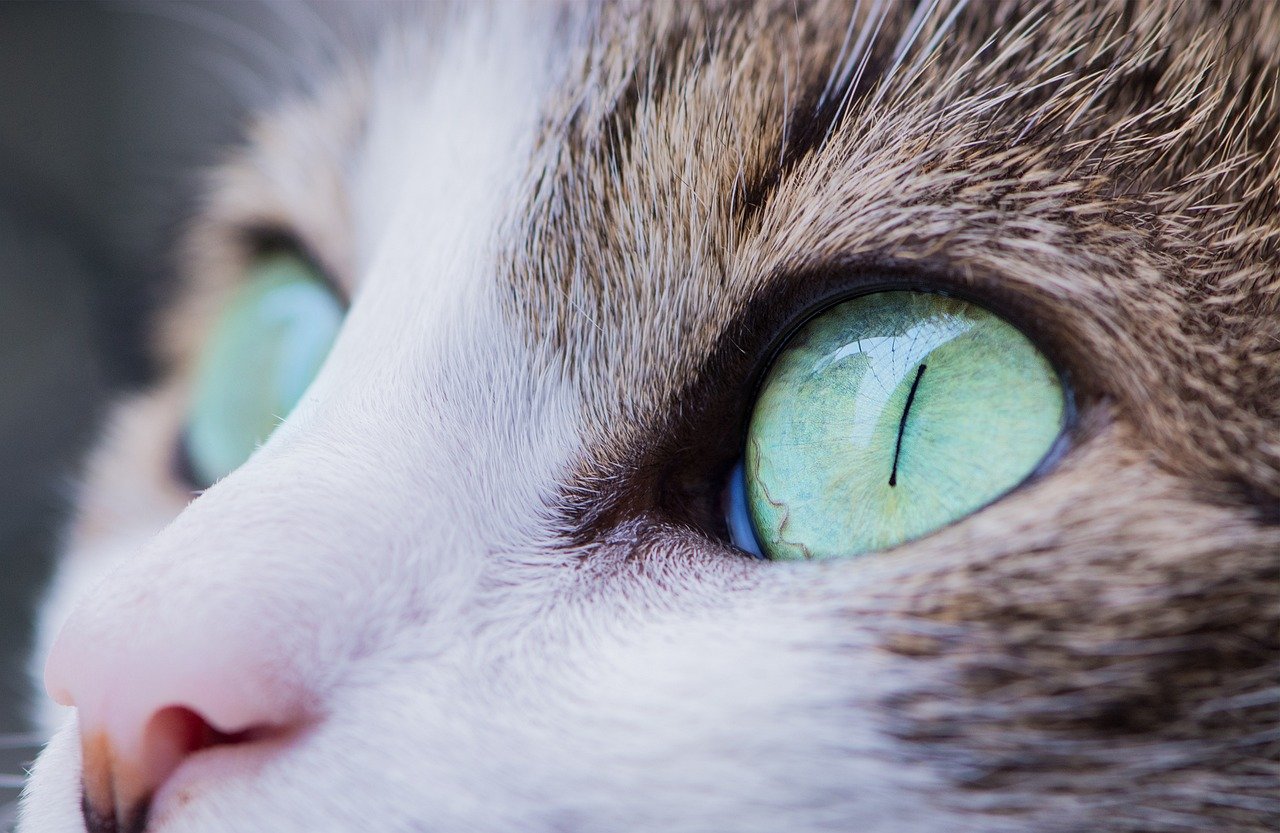
Few things are as heart-melting as a cat flopping onto their back and exposing their belly. While not every belly flash is a direct invitation for belly rubs (some cats will grab your hand lightning-fast!), it’s still a strong sign of trust. The belly is a vulnerable spot for any cat, so if they’re comfortable enough to show it, they’re telling you, “I feel safe with you.” Some cats do enjoy gentle belly rubs, while others just want you to admire their fluff. The key is to pay attention to their reaction—if they remain relaxed and purring, gentle touches are usually welcome. If they tense up or grab your hand, consider it a playful warning. Either way, a belly-up cat is showing deep trust and openness.
Subtle Head Butts

Known as “bunting,” a cat’s head butt is a surprisingly affectionate gesture. When your cat gently bumps their head against you, they’re sharing their scent and marking you as a trusted companion. This is often accompanied by a soft purr or a contented sigh. Head butts are a quiet but unmistakable way of saying, “I like you. You’re safe.” This behavior is often reserved for people or animals a cat feels especially close to, so it’s a real honor when it happens. If your cat initiates a head butt, it’s a perfect time to offer gentle strokes, especially on the head and cheeks. It’s a sweet, silent request for attention that’s hard to resist.
Loosely Curled Paws
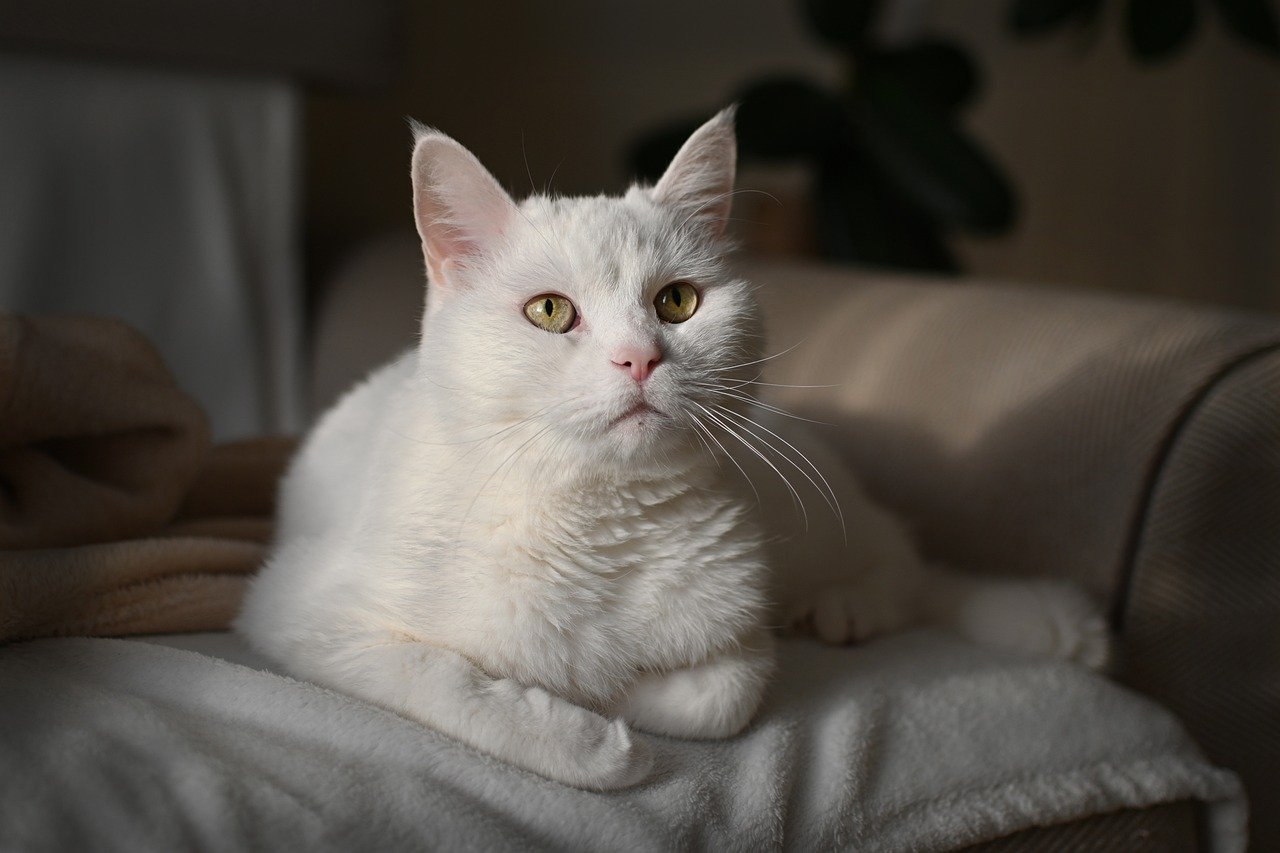
When a cat is feeling tense or threatened, their paws are usually ready for action—claws out, ready to dash away. But if you see your cat resting with their paws loosely curled under their body, it’s a sign of deep relaxation. This posture, sometimes called the “cat loaf,” means your cat sees no reason to be on guard. They’re comfortable, safe, and perfectly content to stay put. Loosely curled paws are a subtle indicator that your cat is open to gentle touch, especially if paired with other relaxed body language. It’s like your cat is saying, “I’m home. You can come closer.”
Soft Whisker Position
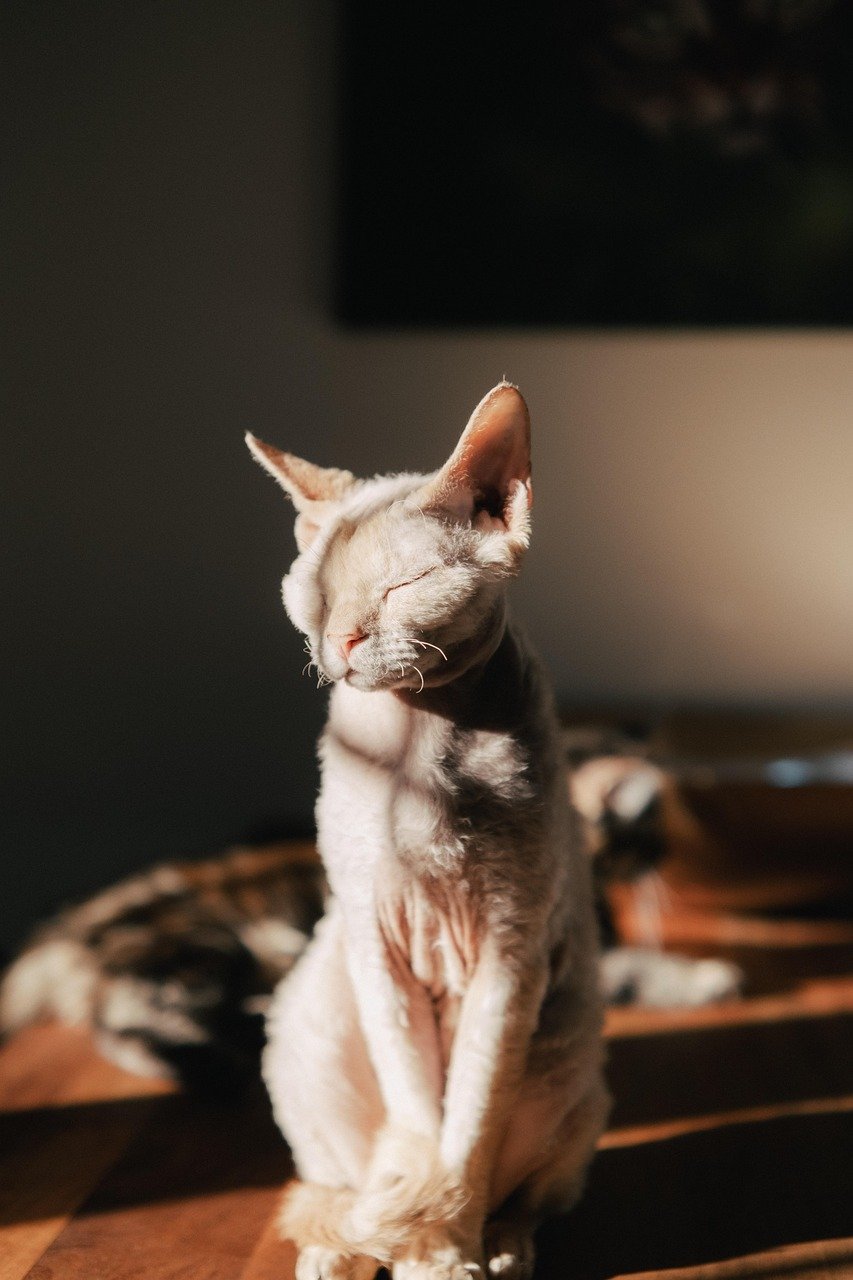
Whiskers are like little mood antennas for cats. When your cat’s whiskers are relaxed and fanned out gently to the side, it’s a sign they’re feeling calm and open. If the whiskers are pulled back tightly against their face, they might be anxious or scared. On the other hand, whiskers pushed far forward can mean excitement or prey drive, not necessarily a desire for petting. A soft, neutral whisker position paired with relaxed eyes and body is a strong indicator your cat is ready for gentle attention. Next time you’re unsure, have a look at those adorable whiskers—they’re a subtle but reliable clue.
Gentle Tail Wraps Around You
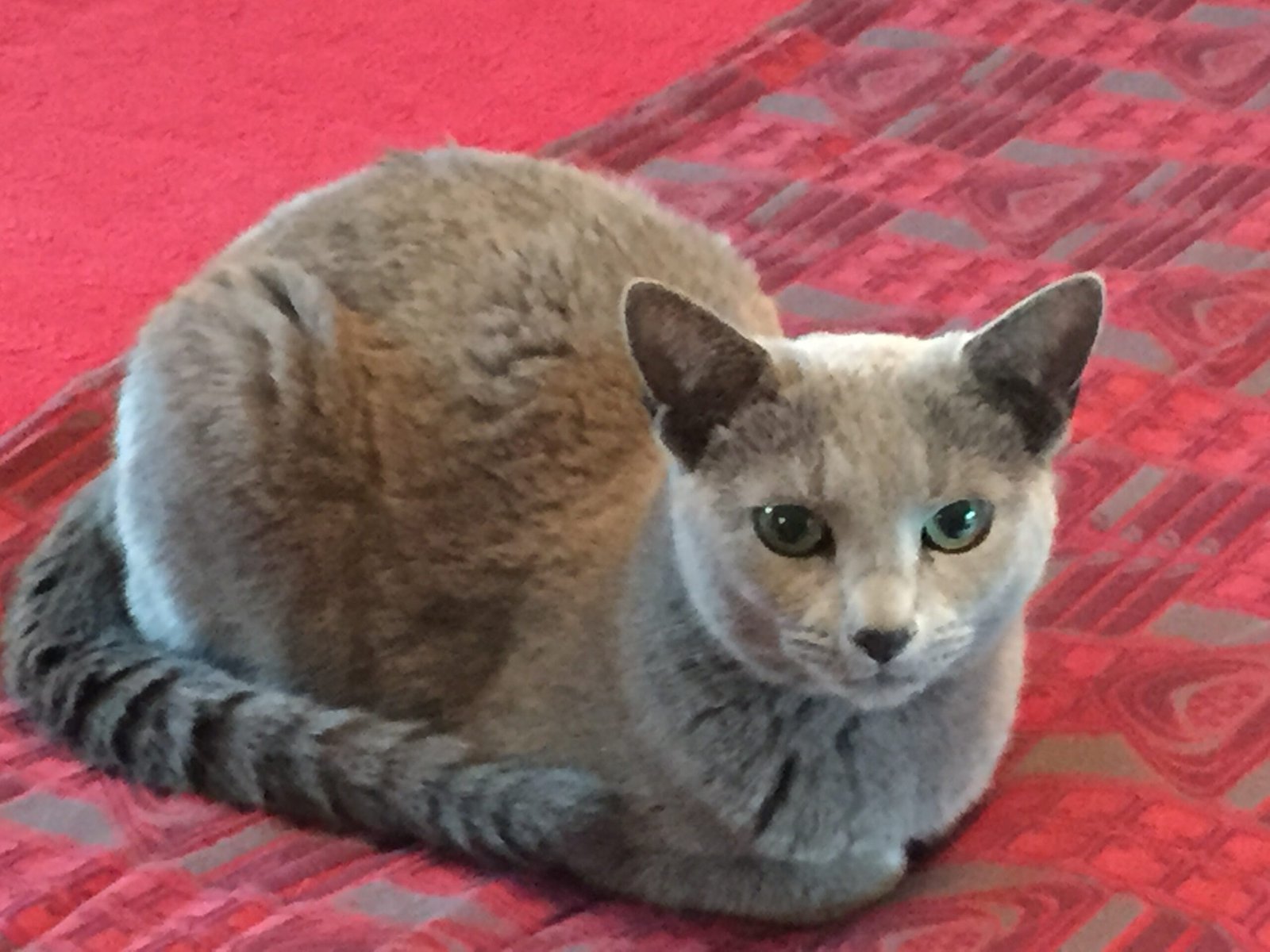
Some cats express affection with their tails just like a human might offer a hand to hold. If your cat wraps their tail around your arm, leg, or hand, it’s a gentle and loving gesture. This behavior is most common in cats who feel completely safe and bonded with their human. It’s like your cat is giving you a little hug, quietly asking for connection. Sometimes, a tail wrap is paired with purring or head bumps, making it even clearer that your cat wants your attention. If you feel that soft, furry tail around you, it’s the perfect time to offer a gentle scratch or pet.
Positioning Themselves Close to You

Cats are masters of proximity—sometimes they show their trust simply by being near. If your cat chooses to sit or lie down next to you, especially when they have the whole room to themselves, it’s a meaningful gesture. Some cats will lean gently against your side or stretch their paw to make contact. This closeness is a quiet but powerful way to say, “I want your company.” It’s not always about touch—sometimes your presence is enough. But often, a nearby cat is open to gentle strokes, especially if they nuzzle into you. It’s their way of bridging the gap between independence and affection.
Playful, Relaxed Behavior

A playful cat is often a happy, approachable cat. If your cat initiates play with soft paws, gentle pounces, or brings you a favorite toy, it’s a sign they feel safe and engaged. Playfulness is closely linked to trust, especially in adult cats who tend to be more reserved. After a play session, many cats are more receptive to touch, enjoying the transition from active fun to cozy cuddles. Watch for relaxed postures and soft eyes during and after play—these are signs your cat is in a good mood and ready for affection. Playtime can be the best icebreaker for deepening your bond.
Vocalizing in a Soft, Friendly Tone

Every cat has a unique voice, and some love to “talk” more than others. If your cat greets you with a soft meow, chirp, or trill, it’s usually a friendly invitation. These gentle sounds often mean your cat is happy to see you and open to interaction. Pay attention to the tone—harsh yowls or growls mean back off, but soft vocalizations are like a cat’s hello. Some cats will even purr-meow, blending two signals of contentment together. Responding with quiet words and gentle touch can reinforce your cat’s trust, creating a lovely back-and-forth.
Mirroring Your Movements
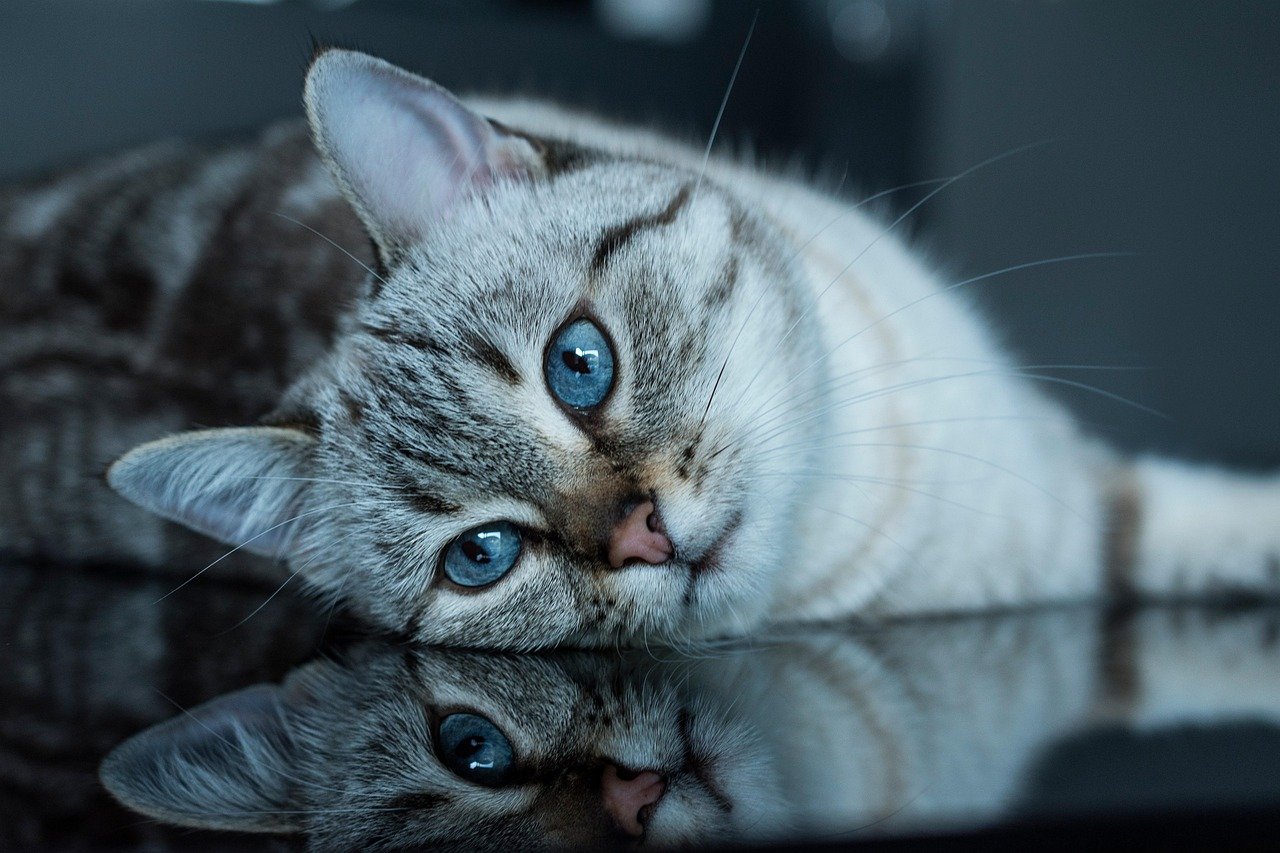
Mirroring is a subtle but fascinating sign of trust. If you notice your cat copying your movements—stretching when you do, adjusting their posture when you shift—it’s a sign they feel connected to you. This behavior is most common in cats who are closely bonded with their humans. It’s like a silent dance, a way your cat says, “We’re in sync.” Mirroring can also mean your cat is watching and learning from you, feeling safe enough to let their guard down. When you see these mirrored moves, consider it an open invitation for gentle touch and interaction.
Nuzzling or Rubbing Against Objects Before You
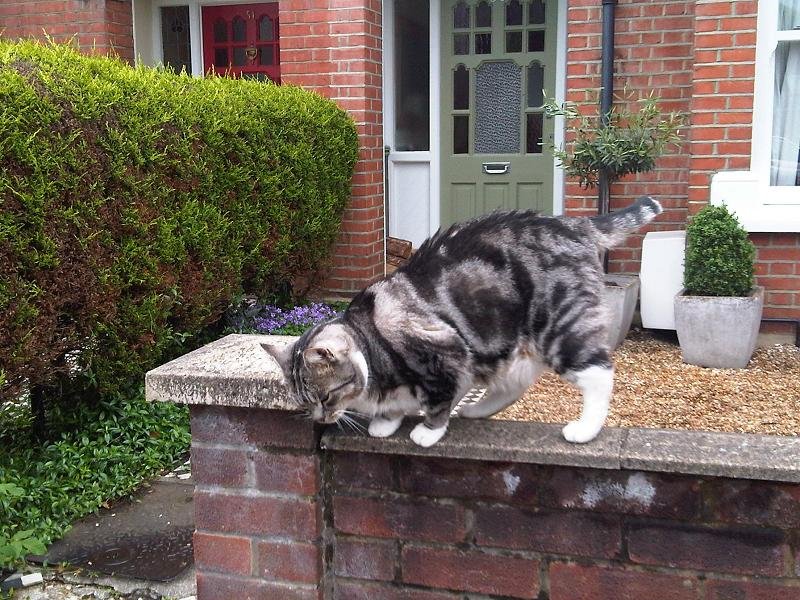
Sometimes, a cat will rub their face or body against a piece of furniture, a blanket, or even your shoes before coming to you. This is a way of spreading their scent and marking the area as safe and familiar. If your cat does this, then approaches you, it’s a strong signal they’re transitioning into a social mood. This ritual can be especially noticeable when you come home after being away—your cat is re-establishing their connection to you and their environment. After a good nuzzle against their favorite objects, many cats are much more open to touch and affection.
Open, Unhurried Movements
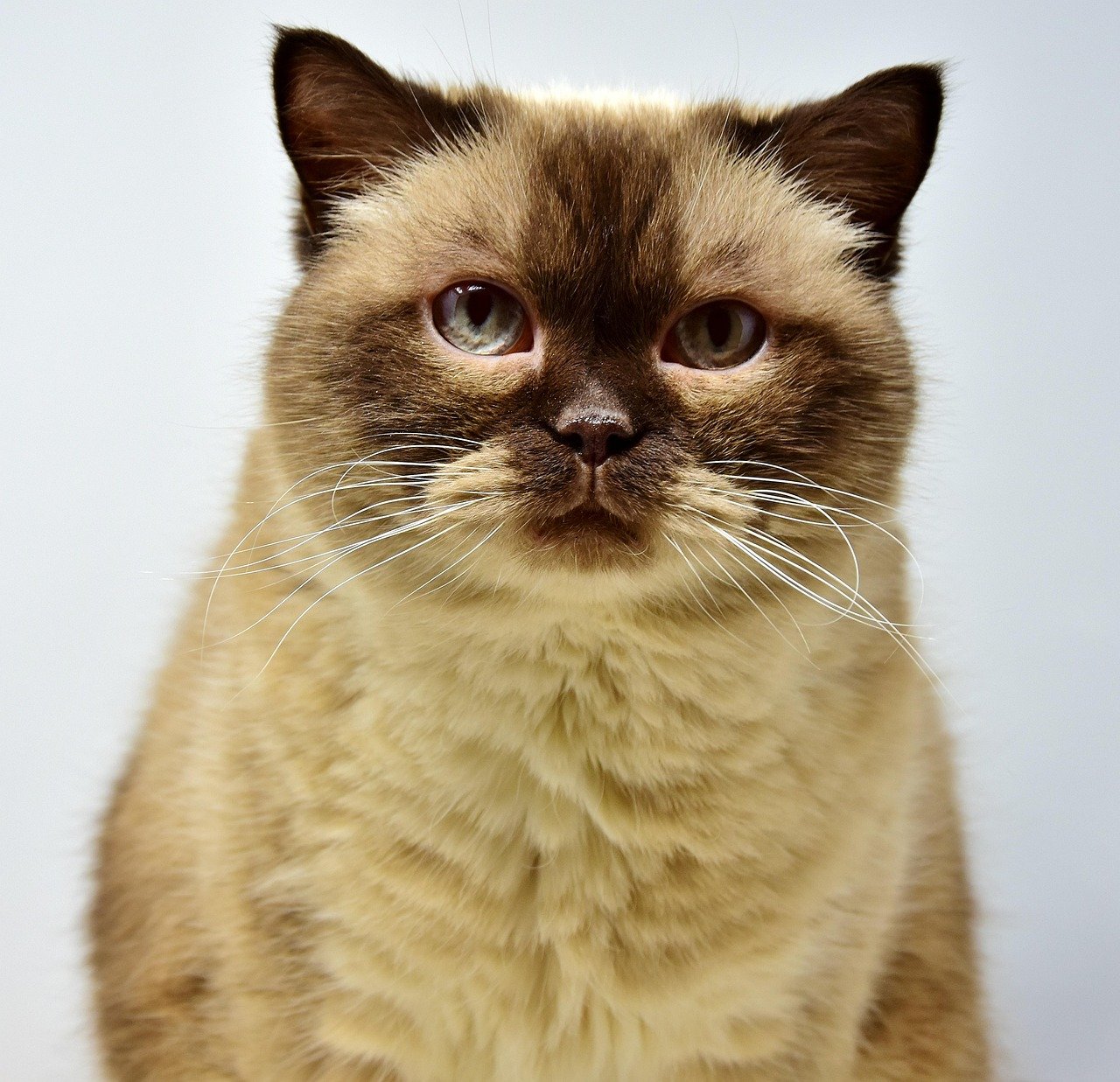
The speed and fluidity of your cat’s movements can tell you a lot about their mood. If they approach you with open, unhurried motions—no darting or skittering—it’s a sign they feel safe and calm. Slow blinks, gentle stretches, and deliberate steps all mean your cat trusts you enough to be vulnerable. In contrast, quick, jerky movements or sudden freezes indicate stress or uncertainty. When your cat takes their time coming to you, it’s a quiet but sincere invitation for gentle petting. Savor these moments—it’s your cat’s way of letting you into their peaceful world.
Allowing You to Touch Sensitive Spots

Cats are protective of certain areas—like their paws, belly, and tail. If your cat lets you gently stroke these sensitive spots without pulling away, it’s a major sign of trust and comfort. This kind of permission is rarely given lightly, especially by cats who are naturally shy or reserved. If your cat leans into your touch or rolls over to expose these areas, take it as a compliment. Of course, always go slow and watch for signs of discomfort. When a cat allows you this close, it’s like being handed a precious secret—handle it with care.
Grooming Themselves in Your Presence
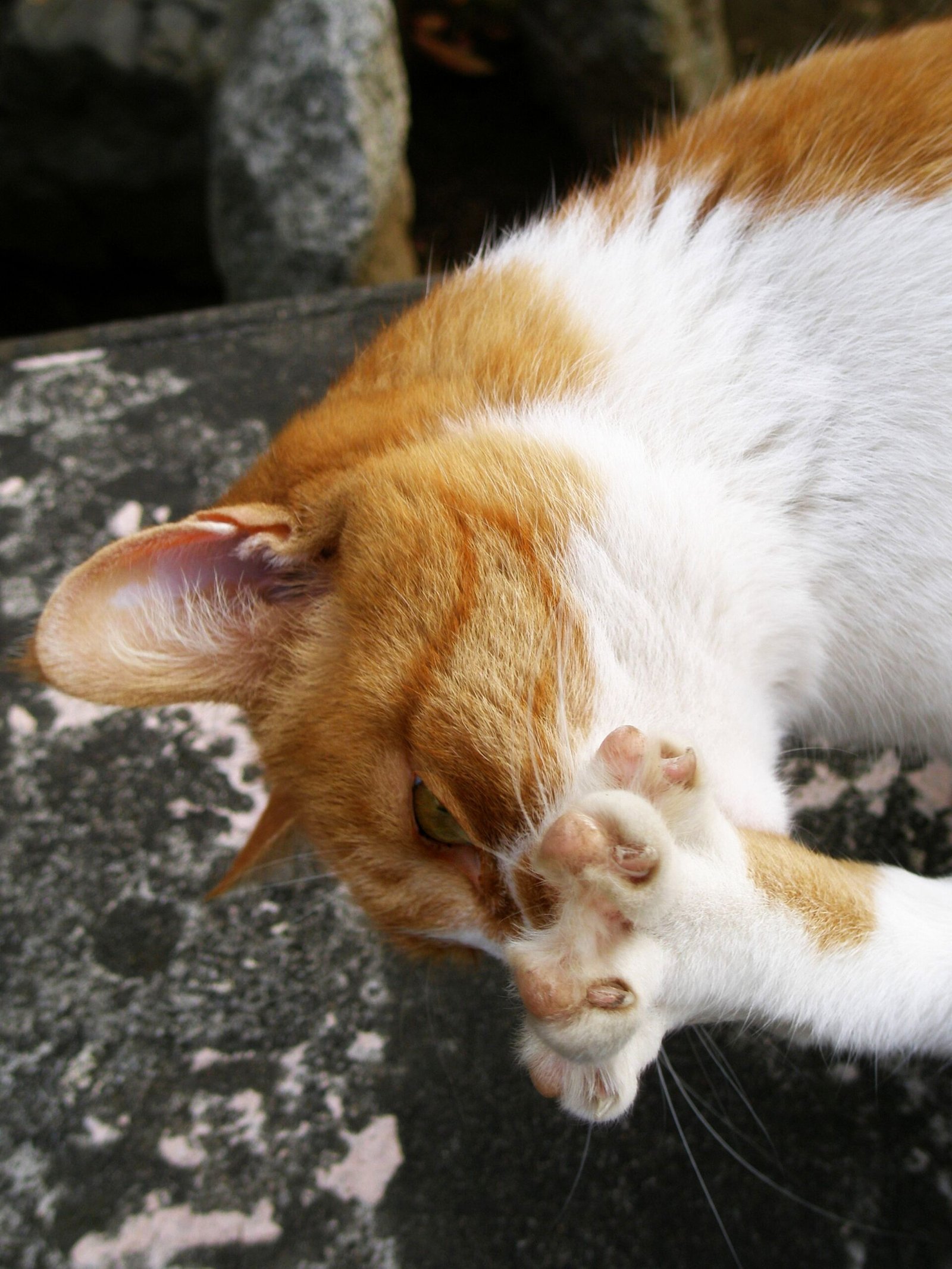
When a cat feels completely at home, they’ll often start grooming themselves right next to you. This is a vulnerable activity since it means their guard is down. If your cat sits beside you and starts licking their paw or washing their face, it’s a sign they trust you implicitly. Some cats will even pause their grooming to nuzzle or bump your hand, inviting you to join in the ritual. This shared space and routine is a quiet but meaningful indication that your cat feels safe, loved, and ready for gentle affection.
Hi, I’m Bola, a passionate writer and creative strategist with a knack for crafting compelling content that educates, inspires, and connects. Over the years, I’ve honed my skills across various writing fields, including content creation, copywriting, online course development, and video scriptwriting.
When I’m not at my desk, you’ll find me exploring new ideas, reading books, or brainstorming creative ways to solve challenges. I believe that words have the power to transform, and I’m here to help you leverage that power for success.
Thanks for stopping by, Keep coming to this website to checkout new articles form me. You’d always love it!






